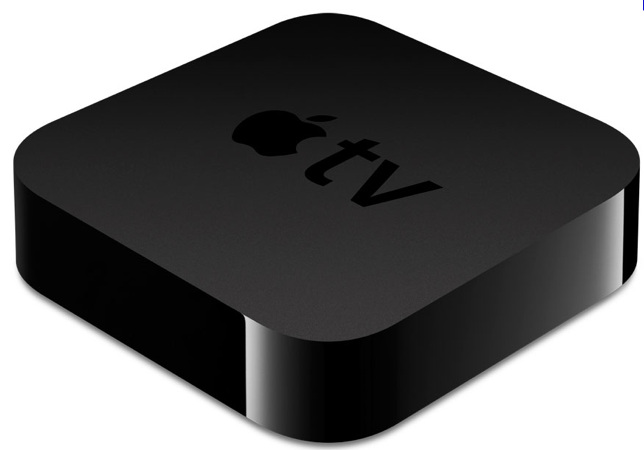
When Apple ships new hardware elements in a product, they typically have good reason. With the future of wireless input devices flashing forward, Apple has realized that the next-generation of Bluetooth – Bluetooth Smart (4.0) – will be the ticket to Apple being a part of this integrated wireless future. Apple demonstrated this with the release of this Bluetooth 4.0-powered phone – the new iPhone 4S – and also with the addition of bluetooth 4.0 in the latest versions of the popular MacBook Air and Mac mini computers.
More evidence for a next-generation Apple TV:
The next-generation Apple TV, the one we first revealed as Apple TV 3,1 with the J33 codename, will include Bluetooth 4.0 technology. Before even getting into the advantages of Bluetooth 4.0, it is worth noting that our code-based finding in iOS 5.1 beta 1 of a next-generation Apple TV with Bluetooth 4.0 is further evidence that an Apple TV refresh will soon be upon us.
The advantages of Bluetooth 4.0:
Bluetooth 4.0 (the chip in the next AppleTV is called BCM4330 by Broadcom) “provides the highest level of integration for a mobile and handheld wireless system” according to it’s manufacture, Broadcom. The chip packs in integrated IEEE 802.11 a/b/g and single-stream 802.11 n (MAC/baseband/radio), Bluetooth 4.0+HS, and FM radio receiver and transmitter. The chip is also consumes very little power and is able to do so with its “advanced design techniques.” The Bluetooth 4.0 protocol guarantees peripherals can be ultra-low power as well.

Broadcom explains just how smart this Bluetooth 4.0 chip is:
The BCM4330 implements the highly sophisticated Enhanced Collaborative Coexistence radio coexistence algorithms and hardware mechanisms, allowing for an extremely collaborative Bluetooth coexistence scheme along with coexistence support for external radios (such as GPS, WiMax, or Ultra Wide-band radio technologies, as well as cellular radios) and single shared antenna (2.4 GHz antenna for Bluetooth and WLAN). As a result, enhanced overall quality for simultaneous voice, video, and data transmission on a handheld system is achieved.
Instead of taking 6 seconds to pair like current Bluetooth implementations, Bluetooth 4.0 takes 6 milliseconds – or almost instantly.
A new world of input devices for the Apple TV:
In it’s announcement of Bluetooth Smart, Bluetooth’s creators imagined some of the new input devices that could work with Bluetooth 4.0/Smart products:
Bluetooth Smart devices are designed to gather a specific type of information—are all the windows on my house locked, what is my insulin level, how much do I weigh today?—and send it to a Bluetooth Smart Ready device. Examples include heart-rate monitors, blood-glucose meters, smart watches, window and door security sensors, key fobs for your car, and blood-pressure cuffs—the opportunities are endless.
With the Apple TV being a device that connects to your television we, instead, imagine a slew of new input devices. Bluetooth 4.0 goes way beyond what an IR-based remote can do. We’ve even previously revealed bluetooth input strings left by Apple in the beta versions of iOS 5. These low-powered, Bluet00th 4.0 remotes can feature more than just buttons. Imagine a Siri-powered Apple TV box that includes a Bluetooth remote with a built-in noise-canceling microphone to take Siri commands.
Current Apple TV Radio application (Image: PC Mag)
With the FM Radio chip in the new Apple TV, Apple could theoretically include radio streaming support. A feature that would take the Apple TV’s currently integrated iTunes Radio support to the next level. Apple’s iPod nanos have this capability but even with capable chips inside other iOS devices, Apple has chosen to forego FM radio apps in iOS.
Imagine Apple creating some sort of touchscreen game controller – like a standalone version of the iOS Remote App Store application. These touchpads for gaming can include gyroscopes, accelerometers, and all in a small, lower-powered form factor. The possibilities, it seems, are almost endless in terms of revolutionary input devices that can connect to other Blueto0th 4.0 products. We’re excited to see how Apple takes advantage of all the powerful technology they are leaving in the next iteration of their little hobby.
Thanks, Jack for the lead!
Related articles
FTC: We use income earning auto affiliate links. More.



Comments